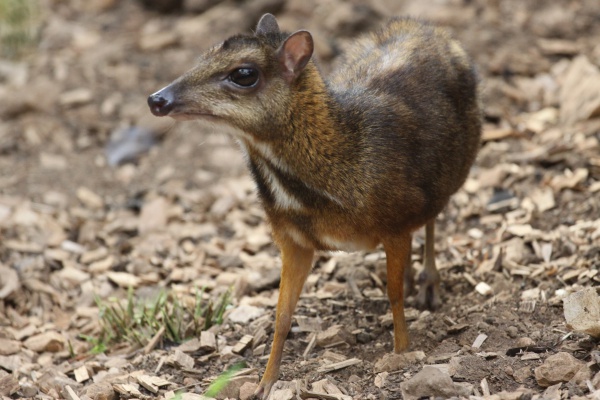Facts About Lesser Mouse Deer
The Java mouse-deer, or Tragulus javanicus, is the smallest living hoofed mammal, comparable in size to a rabbit when fully grown. These diminutive creatures are indigenous to Java and potentially Bali. Characterized by a triangular head and arched back, males possess tusk-like canines. Unlike other deer, they do not have antlers or horns. Instead, they are distinguished by their slender, short legs and a reddish-brown coat adorned with white markings.
Recent research has confirmed that the Java mouse-deer is a species unique to Java. They belong to the Tragulus genus and are recognized for their petite size, averaging about 45 cm in length and 30 cm in height. These tiny herbivores primarily feed on leaves, fruits, and occasionally insects. They are territorial and typically form monogamous family groups, being most active during dawn and dusk.
Regarding reproduction, the Java mouse-deer can breed year-round. Their gestation period lasts approximately 4.5 months, usually resulting in one fawn per litter. However, they face several threats from humans, including habitat loss and hunting, as well as predators such as dogs, crocodiles, big cats, birds of prey, and snakes. Currently, they are listed as "Data Deficient" on the IUCN Red List because much remains unknown about them. Nonetheless, efforts are underway to protect their populations.
In Indonesian folklore, the mouse-deer, known as Sang Kancil, symbolizes wisdom and cunning, often outsmarting larger animals. The unique traits and behaviors of the Java mouse-deer, along with the challenges they face, make them a fascinating species deserving of attention and conservation efforts.

 Cambodia
Cambodia